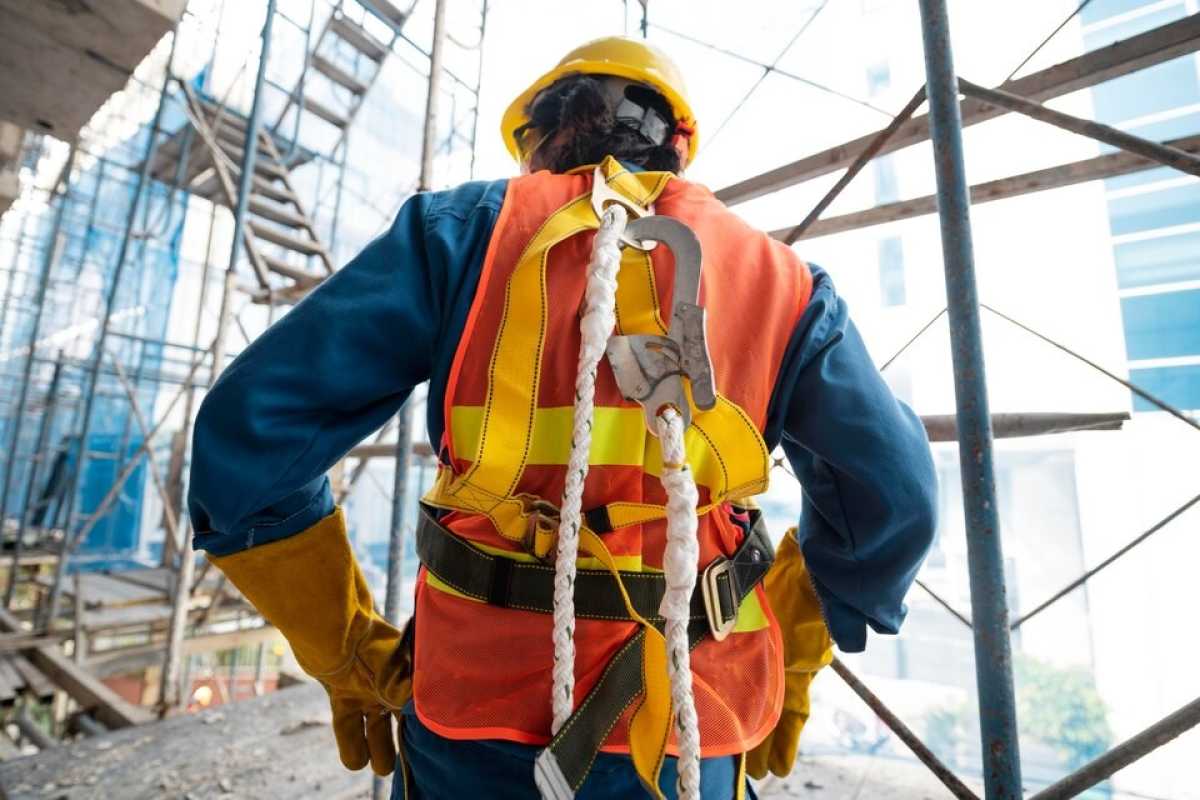Safety Measures In High-risk Construction Engineering Environments
- - Category: Strategic Planning
- - 20 Mar, 2024
- - Views: 90
- Save

Construction engineering is a dynamic and essential industry that shapes our built environment.
Construction engineering is a dynamic and essential industry that shapes our built environment. From towering skyscrapers to intricate infrastructure projects, construction engineers play a vital role in bringing ambitious visions to life. However, the nature of construction work often exposes workers to various hazards, making safety a paramount concern in high-risk environments. In this blog, we'll delve into the importance of safety measures in high-risk construction engineering environments and explore strategies for mitigating risks and safeguarding lives.
Understanding High-Risk Environments
High-risk construction environments encompass a wide range of settings where workers face elevated dangers to their health and safety. These environments can include construction sites with significant height, confined spaces, heavy machinery, hazardous materials, and complex structural elements. Additionally, factors such as adverse weather conditions, tight deadlines, and budget constraints can further amplify risks.
Importance of Safety Measures
The implementation of robust safety measures is crucial for protecting the well-being of construction workers and minimizing the occurrence of accidents and injuries. Beyond the moral imperative of ensuring worker safety, there are practical reasons why safety should be prioritized in construction engineering environments:
Humanitarian Considerations: Every worker has the right to a safe and healthy work environment. Prioritizing safety demonstrates a commitment to the well-being and dignity of employees.
Legal Compliance: Compliance with occupational health and safety regulations is mandatory in most jurisdictions. Failure to adhere to these regulations can result in legal repercussions, fines, and reputational damage for construction companies.
Cost Savings: Investing in safety measures can yield significant cost savings in the long run by reducing workplace accidents, injuries, and associated medical expenses, as well as minimizing project delays and disruptions.
Enhanced Productivity: A safe working environment fosters employee morale, engagement, and productivity. Workers are more likely to perform at their best when they feel valued and protected by their employers.
Key Safety Measures
Effective safety management in high-risk construction environments requires a multifaceted approach that encompasses various strategies and practices. Some key safety measures include:
Comprehensive Risk Assessment: Conducting thorough risk assessments to identify potential hazards and assess their likelihood and severity is a critical first step. This allows construction teams to implement targeted safety measures to mitigate identified risks.
Safety Training and Education: Providing comprehensive safety training to all personnel, including workers, supervisors, and managers, is essential. Topics include danger awareness, emergency protocols, using personal protection equipment (PPE) correctly, and safe work practices should all be included in training.
Strict Adherence to Regulations: Ensuring compliance with relevant health and safety regulations and standards is non-negotiable. This includes regularly reviewing and updating safety protocols in response to changing regulations and industry best practices.
Use of Personal Protective Equipment (PPE): Providing workers with appropriate PPE, such as hard hats, safety glasses, gloves, and high-visibility clothing, is essential for minimizing the risk of injury from common construction hazards.
Effective Communication and Supervision: Establishing clear lines of communication and supervision on construction sites helps ensure that safety protocols are followed, potential hazards are promptly addressed, and emergency response procedures are activated if needed.
Regular Inspections and Maintenance: Conducting regular inspections of equipment, machinery, and worksites helps identify potential hazards and ensure that safety systems are functioning correctly. Prompt maintenance and repairs are crucial for preventing accidents caused by equipment failure or structural deficiencies.
Promotion of a Safety Culture: Long-term success in preserving a safe work environment depends on cultivating a culture of safety inside the company, where safety is valued at all levels and actively promoted through leadership, training, and recognition programs.
In conclusion, safety measures are paramount in high-risk construction engineering environments to protect the well-being of workers, ensure legal compliance, and enhance productivity. Muscat Engineering Consultancy (MEC) implements comprehensive risk assessments, providing adequate training and PPE, adhering to regulations, fostering effective communication and supervision, conducting regular inspections and maintenance, and promoting a safety culture, construction companies can mitigate risks and safeguard lives. Ultimately, investing in safety is not only a moral imperative but also a sound business decision that benefits workers, employers, and society as a whole.



